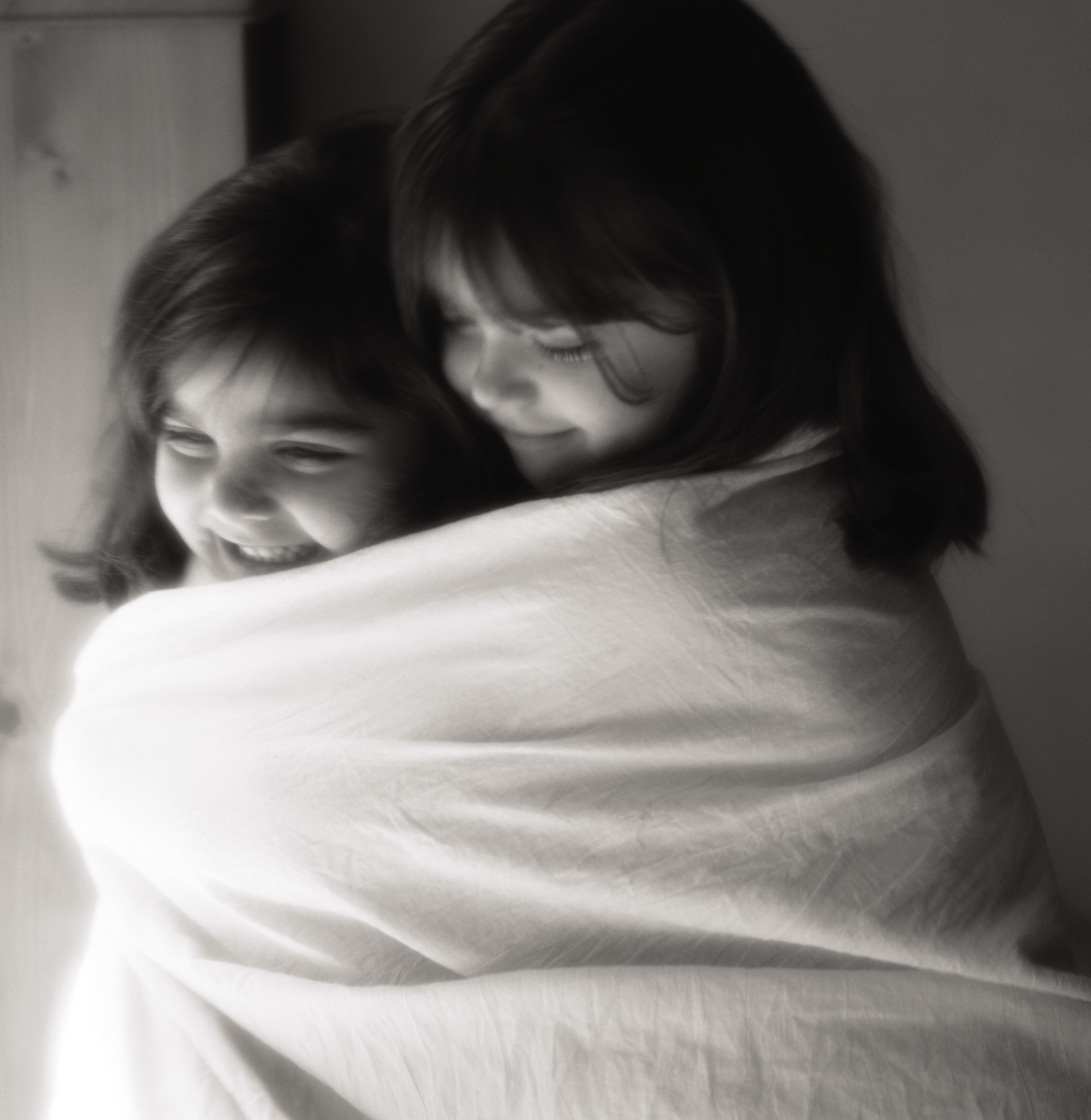
Glossary
ambient light Refers to the available light in a given setting, whether by natural light or any other light sources in a room/setting. Ambient light does not refer to flash.
angle of view The area of a scene that a lens can capture, determined by the focal length of the lens. Lenses with a shorter focal length have a wider angle of view than lenses with a longer focal length.
aperture The size of the lens opening through which light passes. Aperture is referred to by f-stop numbers. See also f-stop.
Aperture Priority (Av) A setting on an automatic camera that enables you to choose the opening in the lens while the camera sets the shutter speed accordingly for the best picture.
back light Refers to when a subject is primarily lit from behind.
bounce flash Pointing the flash away from the subject toward a wall, ceiling, or other hard surface, causing it to bounce off that surface before hitting the subject, thus softening the light illuminating the subject. Bouncing the light often eliminates shadows and provides a smoother light for portraits.
catch light The sparkly reflection captured in the eye of the subject. This catch light gives spark and life to the eyes.
color cast The color of light in a given photograph. Different light sources have different color temperatures. For example, household lights have a very orange cast, and fluorescent bulbs have a greenish ...
Get Photographing Children Photo Workshop, Second Edition now with the O’Reilly learning platform.
O’Reilly members experience books, live events, courses curated by job role, and more from O’Reilly and nearly 200 top publishers.

